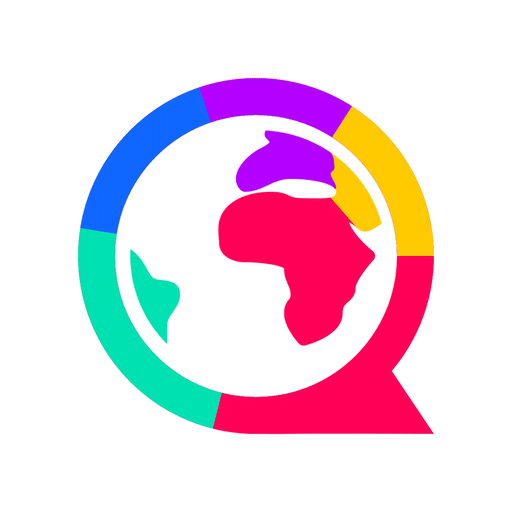
The 12 Best Japanese Dictionary Apps Available for iOS and Android [Updated for 2024]
After mastering hiragana and katakana and learning the essentials of Japanese kanji, you’ll need a Japanese dictionary app.
I’m here to help you find some of the most reliable dictionary apps to use inside or outside of Japan. I’ll explain their most important features, plus what they’re best used for.
Whether you’re a beginner or advanced learner, you simply want survival phrases for travel or you’re looking to practice your kanji, you’re bound to find the best Japanese dictionary app for you among the 12 below.
Contents
- 1. Best Overall: Takoboto
- 2. Best for Video and Audio Support: FluentU
- 3. Best for Kanji: Akebi
- 4. Best for Flexible Lookups: Shirabe Jisho
- 5. Best for Niche Vocabulary: Aedict3
- 6. Best for Fast Searching: imiwa?
- 7. Best for Reading: Nihongo – Japanese Dictionary
- 8. Best for Photo Lookups: Yomiwa
- 9. Best for Beginners: Learning Language Dictionary by Monokakido
- 10. Best for Offline Use: GogoNavi Japanese
- 11. Best for Foodies: Japanese Food Dictionary
- 12. Best for iOS Users: Midori
Download: This blog post is available as a convenient and portable PDF that you can take anywhere. Click here to get a copy. (Download)
1. Best Overall: Takoboto
Available on: Android
Price: Free; $3.90/month for extra features like word lists
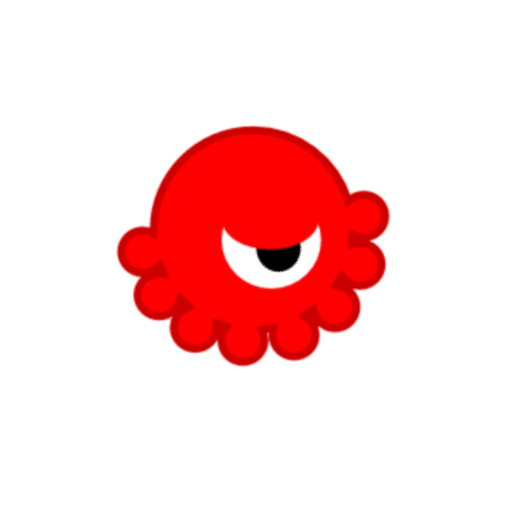
While it started out as an English-Japanese dictionary, you can now access a growing set of translations into other languages, plus monolingual dictionary entries. Each entry has an extensive list of example phrases and kanji breakdowns with stroke order.
One of its most unique features is having human audio for most of the entries—most Japanese dictionary apps don’t have this!
2. Best for Video and Audio Support: FluentU
Price: See pricing page here
FluentU can be used as a personal video-based dictionary for those studying Japanese.
At its core, FluentU is a language learning platform with a diverse video library, with media clips ranging from beginner to advanced. Search for any term and you’ll get a list of videos that feature that word. When you watch a video, you can add any unknown word from the interactive subtitles to your own flashcard deck for additional practice.
In addition to the videos, using FluentU’s annotated subtitles, flashcards and personalized quizzes can help you brush up on your Japanese, preparing you for future Japanese encounters.
3. Best for Kanji: Akebi
Available on: Android
This app is a great all-around dictionary. Its powerful kanji tools can be used for study, and the fact that it works offline is extremely helpful.
You can look up words in different conjugations. For example, you can search for 買います(かいます) and be directed to 買う(かう), the plain form.
Each kanji character is broken down by its radical, difficulty, JLPT appearance, stroke count and animated stroke order. In case that wasn’t enough, Akebi Japanese Dictionary allows you to create kanji sets and quiz yourself with flashcards.
4. Best for Flexible Lookups: Shirabe Jisho
Available on: iOS
Price: Free
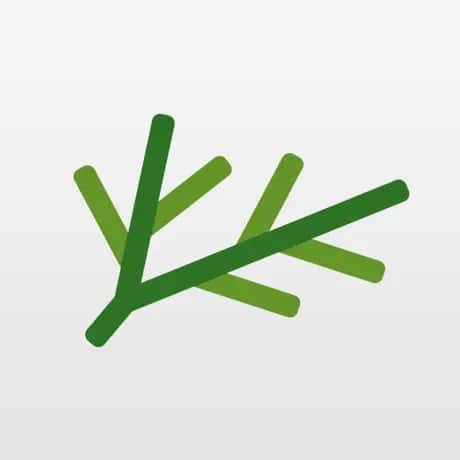
Aside from the usual search options, it can handle conjugated words and has a cool wildcard search feature. For example, even if you look up a word with missing characters, the dictionary can still find it for you.
Checking new kanji is convenient, too, because the app can often figure it out even if you get some strokes wrong.
It also doubles as a study tool, since you can practice writing kanji and even review JLPT flashcards.
5. Best for Niche Vocabulary: Aedict3
Available on: Android
Price: Free for basic use; around $1/month for features like quizzes and SRS
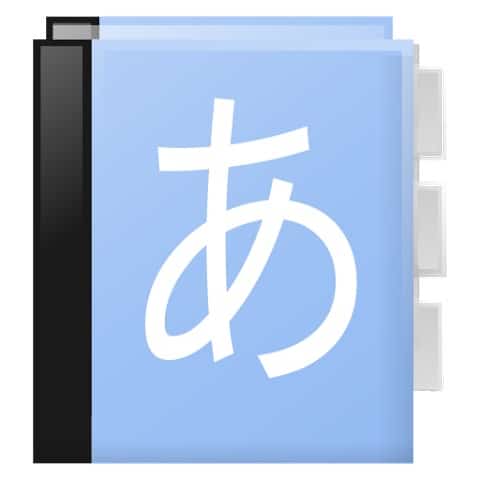
Aside from having very thorough entries, you can download add-ons for free, such as specialized dictionaries about Japanese science terms, Buddhism and even proper names. The app covers 10 languages.
Compared to other dictionaries, you can get very specific with your searches here. Aedict3 lets you search through example sentences or even filter results to show only common words or certain parts of speech.
6. Best for Fast Searching: imiwa?
Available on: iOS
Price: Free
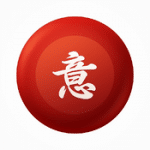 imiwa? is one of the most popular dictionaries available for iOS devices. In fact, the word literally means “What is the meaning of… ?”
imiwa? is one of the most popular dictionaries available for iOS devices. In fact, the word literally means “What is the meaning of… ?”
This app is great for those who aren’t quite sure how to search kanji by radicals. Users can search for kanji characters simply by drawing the character directly on the screen.
If you want to look up a word by its radicals, stroke order, kana or romaji, you can do that too. imiwa? also lets its users practice writing Japanese characters.
Kanji is provided with furigana (kana that help you read kanji characters), and definitions come with example sentences. By tapping a new word, users can hear native pronunciation.
Other features include verb conjugation charts, notebooks to keep track of your favorite words, JLPT vocabulary lists and more.
7. Best for Reading: Nihongo – Japanese Dictionary
Available on: iOS
Price: Free for basic use; $3.99/month for features like reading assistant and photo lookup
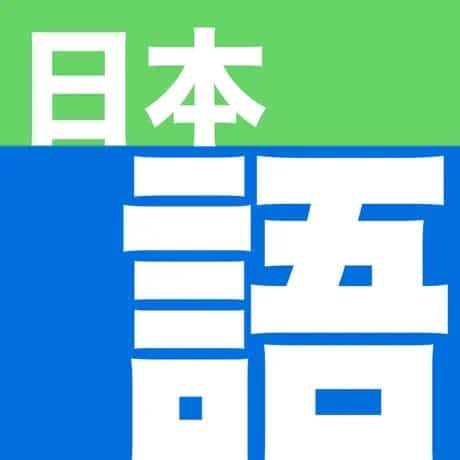
Nihongo also automatically makes flashcards based on what you’ve read or looked up so you won’t easily forget vocabulary. Plus, all of the dictionary entries are labeled based on how much they’re used in daily life.
8. Best for Photo Lookups: Yomiwa
Price: Free for basic dictionary use; in-app purchases start at $29.99
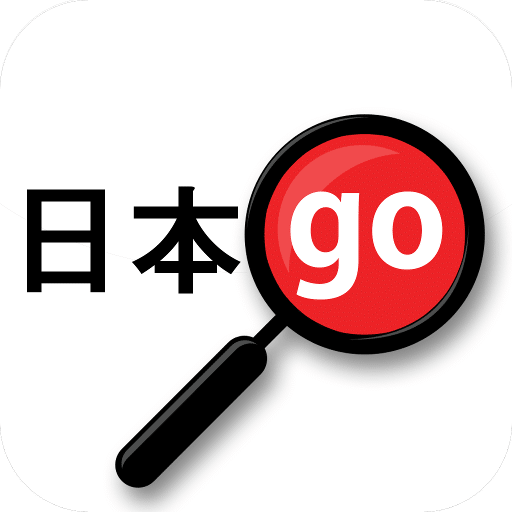
Having no sense of direction or knowledge of station names, I love using this app while trying to read sign boards and street signs.
With this app, you’re ready to read and define just about anything that comes your way. Don’t know what all those buttons mean on a Japanese toilet? Pssh. Easy. Your phone can tell you that with a simple snap of the camera. Just make sure the shutter is on silent!
9. Best for Beginners: Learning Language Dictionary by Monokakido
Available on: iOS
Price: Around $13
 This dictionary is actually child-friendly—as in great for beginners. It has a dictionary option for elementary school students specifically and includes kanji exams taken by actual Japanese students in schools.
This dictionary is actually child-friendly—as in great for beginners. It has a dictionary option for elementary school students specifically and includes kanji exams taken by actual Japanese students in schools.
Definitions are kept on the elementary-level side while kanji can be converted to hiragana. The dictionary also includes a kanji-trace feature, stroke order and includes the number of strokes in kanji to strengthen your reading skills.
More advanced speakers might enjoy 大辞林 (だいじりん), which is regarded as the Japanese Webster/Oxford dictionary for iOS users.
10. Best for Offline Use: GogoNavi Japanese
Available on: iOS
Price: $2.99
 GogoNavi Japanese is a pretty straightforward dictionary with a lot of useful features, the most outstanding of which is its ability to operate offline.
GogoNavi Japanese is a pretty straightforward dictionary with a lot of useful features, the most outstanding of which is its ability to operate offline.
This may not seem like a big deal, but despite Japan’s high-tech toilets, punctual bullet trains and eye for all things cute, you can spend an entire day searching for free wifi.
Aside from this, GogoNavi lets you search for words by kanji, kana and romaji.
Each word is accompanied by audio pronunciation and example sentences. Users can tap on kanji to quickly look up its meaning, and words saved on your “favorites list” can be synchronized between all of your devices.
11. Best for Foodies: Japanese Food Dictionary
Available on: Android
Price: Around $1
 Japan has hundreds of delicious specialties, but having so many mouthwatering plates can make it difficult to memorize what’s what.
Japan has hundreds of delicious specialties, but having so many mouthwatering plates can make it difficult to memorize what’s what.
Luckily, the Japanese Food Dictionary provides you with hundreds of common restaurant and street food from 塩ラーメン (しお らーめん — salt ramen) to キクラゲ (きくらげ — a mushroom-like fungi found in tons of delicious soup dishes).
Food items are split into restaurant types (e.g., ramen shop) and categories (e.g., seafood). Kanji and kana appear in each entry with a picture of each food item. This app will have you ordering Japanese food like a pro by using the audio provided with each definition.
12. Best for iOS Users: Midori
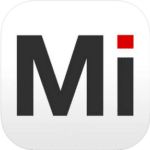
Price: Free
If you’re on iOS, there are few Japanese-English dictionaries that can match the capabilities of Midori.
With over 900,000 entries (including 190,000 word entries), 6,000 kanji and over 730,000 Japanese proper names, among others, this dictionary is hard to beat.
Plus, looking up words is easy, too. Unlike many Japanese dictionaries, which require you to know the number of strokes and stroke order to look up a character, you only need to type in the kana or romaji, and Midori will pull up the closest word(s) or phrase(s) to your search. And if you’re looking at a kanji you don’t recognize, you can also take a photo of it, or attempt to draw it as best you can.
The best part? This powerhouse of a dictionary can run offline! What more could an iOS user-slash-Japanese language learner want?
A trusty dictionary app is a must-have when you’re learning a language (or traveling), and the Japanese dictionary apps above make looking up new words very easy. They can even help you pick up JLPT vocabulary, read books and review with personalized quizzes.
So go choose the best Japanese dictionary app (or apps) for you! It might just become your constant companion on your Japanese learning journey.
Download: This blog post is available as a convenient and portable PDF that you can take anywhere. Click here to get a copy. (Download)
